Every consumer and designer has their own unique taste and style when it comes to jewellery.
And so it must be said that when one particular subject captures the hearts and minds of both crowds – it’s a phenomenon worthy of close examination.
Australia is home to many incredible and unique gemstones; however, pink diamonds exist in a class of their own.
This ‘homegrown’ heritage adds an extra dimension of civic pride for both the jewellers that work with pink diamonds and those that adore wearing them.
In contemporary jewellery, it’s said that nothing is desired with the same intensity as pink diamonds – and so it’s only appropriate to ask, why?
Extremely rare, immensely valuable, beautiful to examine, and uniquely Australian – are these the reasons why the world has fallen in love with pink diamonds?
Or could there be more to the story? Jeweller has consulted those who work with pink diamonds closest of all to find the truth.
Aussie, Aussie, Aussie
The ‘Aussie origins’ of pink diamonds has always been a crucial factor in their appeal says Justin Linney, creative director of Linney’s.
“We love the fact that Argyle pink diamonds are unique to WA. We have been working with Argyle pink diamonds since the very beginning,” he explains.
“As a manufacturing business we have always focused on sourcing whatever precious materials we can from WA.
“Using Argyle diamonds with Kalgoorlie gold and Broome pearls became our three pillars which the business was founded upon.”
John Calleija, founder of Calleija Jewellery, fondly recalls his first encounter with a pink diamond.
“I remember seeing my first Argyle pink diamond in Sydney decades ago. She was a one-carat, pear-shaped pink and I was so besotted with her beautiful colour, I purchased her immediately,” he recalls.
“I then made a ring for myself, which I continue to wear today, and this was the beginning of my journey.”
He adds: “As a gemmologist, I saw champagne-colour diamonds, yellow diamonds and more from time to time - yet nothing like Argyle pink diamonds. They are the pinnacle of all diamonds and have such a mesmerising beauty.”
Calleija agrees that the Australian identity is appealing to both locals and international consumers who are aware of the country’s reputation for producing remarkable diamonds.
“Pink diamonds are irreplaceable gems with impeccable Australian provenance,” Calleija explains.
“When you discover the intensity, range of colour and calibre of pink diamonds and learn they have not been found anywhere else in the world, it’s hard not to fall in love with them.”
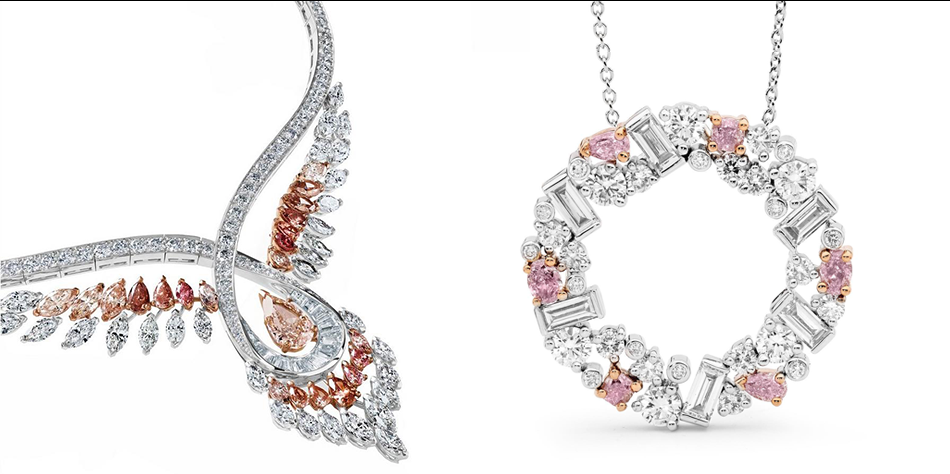 |
| L to R: Calleija, DeBeers-Flamingo Necklace, Ellendale Diamonds |
Rarity
Following the closure of the Argyle Diamond Mine in 2020 demand for pink diamonds whipped into a frenzy.
Pink diamonds are the rarest of the rare. Of the 15 million carats of diamond rough extracted annually from the Argyle mine, fewer than one per cent were pink.
More than 90 per cent of the world’s supply of pink diamonds originates from WA and those that don’t pale in comparison when it comes to quality.
As far as Michael Neuman, company director of Mondial Pink Diamond Atelier, is concerned, Australia’s reputation as the source of the world’s finest colour diamonds is unchallenged.
“First and foremost I love the fact that they are a natural treasure of Australia, with over 90 per cent of the world’s pink diamonds believed to have been born of the rugged beauty of the Kimberleys in WA,” he reveals.
“We say “over 90 per cent” however I’m convinced that closer to 99 per cent of the strong and vibrant arresting pinks, purplish pinks and reds, come from this land.”
Neuman agrees with Callejia and Linney that the real ‘magic’ behind pink diamonds isn’t any single individual factor – it’s a confluence of highly desirable attributes.
“I love that these unique diamonds are something recognised and renowned globally as being supreme and coming from Australia – there aren’t many things like that,” he says.
“I love their sheer beauty and variety of colour and I love specialising in and knowing about something which so relatively few people can speak with authority about.”
Irene Deutsch, managing director of Fairfax & Roberts, says pink diamonds allow jewellers to offer consumers a unique piece of Australia’s national fabric.
“We are the country’s oldest jeweller, celebrating 165 years of operation this year, and something we really take pride in is being a part of the Australian story,” she says.
“I think the popularity of and desire for pink diamonds mostly comes down to the scarcity of the diamonds and its stunning beauty.
“Our customers also appreciate that they are an Australian diamond and that their jewellery piece allows them to be part of the unique national story.”
Colour
There are five qualities a buyer should look for when pursuing colour diamonds – hue and intensity, purity of colour, cut, tone, and size.
When it comes to colour, pink diamonds have a tremendous range, varying from subtle tones reminiscent of a rose, to the rich texture of a raspberry.
Trends exist even within a product category as niche as pink diamonds trends exist. James Temelli, marketing manager of Temelli Jewellery, tells Jeweller he’s noticed a shift in demand for a certain ‘type’ of pink diamond.
“Ultimately the beauty and rarity is the most desirable aspect of working with natural pink diamonds,” he says.
“We've noticed an increased demand lately for accent pinks, whether it be side diamonds, in a halo or even as part of a side feature in a ring setting. We have incorporated this into some of our recent custom-designed and bespoke creations.
“There's still a strong emphasis on quality, higher quality and colour pinks are more in demand, regardless of size.”
Deutsch says that the colour is what often initially captures the attention of a jewellery designer.
“Our designers love working with pink diamonds for many reasons. One such reason is the intensity of the colour, which enables them to mix metals to highlight the pink colour,” she explains.
“The pink diamond, as with other colour gemstones, also allows us to achieve contrast in our designs, particularly using pink and white diamonds against each other.”
She adds: “We also find the fact that they are so rare makes them an exciting diamond to work with.”
Linney agrees with Deutsch and says designers are clamouring for the chance to work with pink diamonds.
“Our designers are always wanting to work with pink diamonds as they are the best of the best. Pink diamonds are the ultimate rare and collectable fancy natural colour diamond which makes designing jewellery an exciting process.”
Colour diamonds are created when trace elements interact with the carbon atoms during the diamond's formation. The presence of chemical elements such as nitrogen, sulphur, and boron can colour diamonds in shades of yellow, green and blue.
Pink diamonds however are believed to be different. Instead, the colour may be caused by a distortion in the diamond's crystal lattice, created by heat and pressure from all directions.
This is otherwise known as non-isotropic stress, and occurs after the diamond is created deep within the earth.
Distortion displaces carbon atoms from their normal positions and alters the qualities of the light reflected by the diamond.
“Every time I see the captivating palette of Argyle pink diamonds with different hues and tones, my imagination is ignited,” Calleija says.
“It unlocks completely when I start to sketch and think about different designs that can complement the beautiful blushing colour of each diamond.”
Neuman says that one of the key features pink diamonds offer designers is flexibility.
“The design benefits come from the colour and shades of pink, allowing the jewellery designer to contrast and highlight the differences between the pinks, whites and other gems when combined with them,” he explains.
He adds that one key change he’s noticed in consumer mindsets is an improved desire for information concerning provenance.
“As a business long associated with pink diamonds and showcasing a large and significant range to the public for more than 30 years, nothing much has changed in customer’s attitude,” he says.
“They are still mostly shocked at the prices and lack of availability of larger diamonds. They are surprised by the extreme rarity and most sales, or indeed ‘non-sales’, are still about education and telling the story.”
He continues: “One thing that has changed in consumer attitude in the past decade would be that customers want their pinks to be laser inscribed and to be accompanied with Argyle certificates. That wasn’t a priority in the past.”
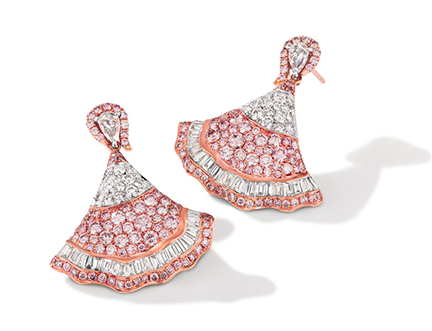 | 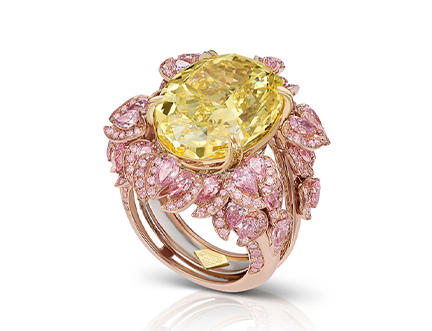 | 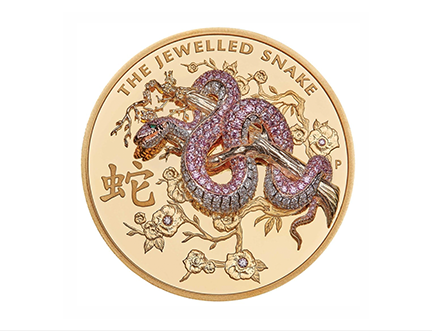 |
Scott West | Musson x Glajz | Perth Mint x Argyle |
 | 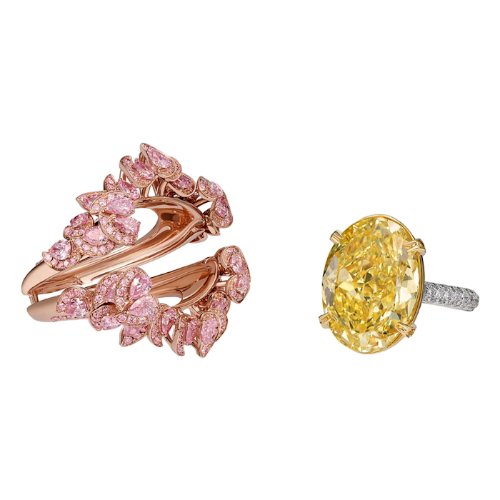 | 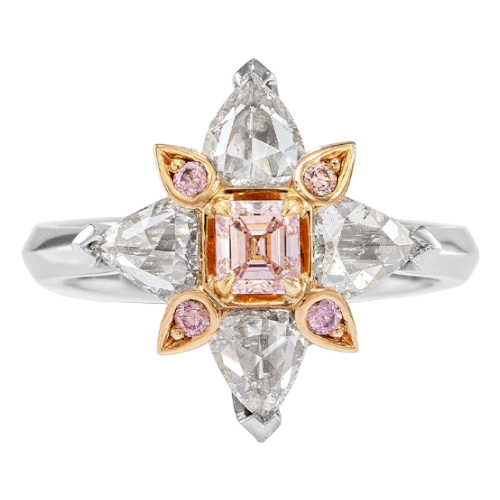 |
Autore | Musson x Glajz | Rohan Jewellers |
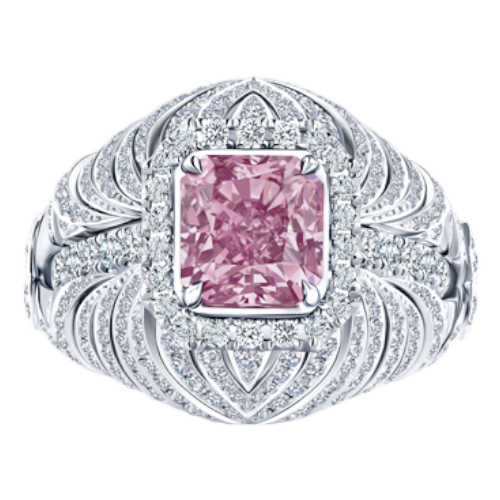 | 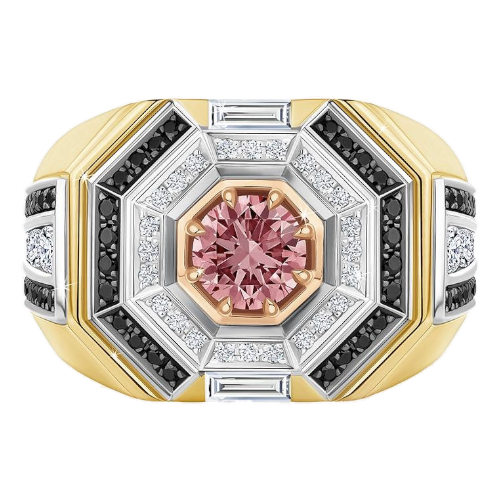 | 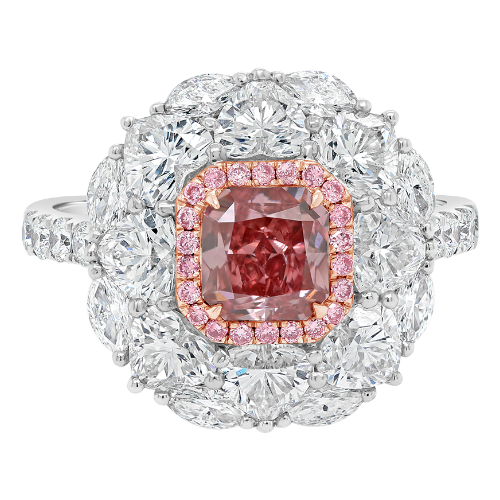 |
Calleija | Calleija | Fairfax & Robert |
Value
Beyond Australia, pink diamonds have been unearthed in many major diamond-producing regions such as Brazil, Russia, Canada, and a range of African nations, including Tanzania, South Africa, Botswana, and Angola.
Rarely are these diamonds comparable in colour to the best Argyle diamonds; however, these mines are the source of many five-carat and above pink diamonds which have been commanding millions of dollars at auction.
Since the closure of the Argyle mine, Garry Holloway of Holloway Diamonds says there have been two notable developments. Many owners of ‘investment’ pink diamonds believed the closure marked the time to sell - particularly those who inherited.
“It’s hard for siblings to cut a pink diamond in half,” jokes Holloway.
“The second major development is that the steepest price rises have been for smaller diamonds. Melee has gone through the roof because it is still in high demand from jewellers all over the world in regular production of hot products.
He clarifies: “Since Argyle pinks have such intense colour, diamonds from other sources tend to be insipid in smaller sizes. The average rough diamond carat weight mined in Argyle was around 0.10 carat, so Argyle produced a huge quantity of very small diamonds used as accent stones.”
The quality of colour observed in pink diamonds mined from the Argyle Mine far exceeds that of pink diamonds mined elsewhere.
It should come as no surprise then that Australian pink diamonds are many times more valuable than their international counterparts.
Customers are increasingly asking about pink diamonds as an ‘investment’ option according to George Bouklas, general manager of Australian Diamond Company.
“Pink diamonds have always been considered an exclusive diamond segment. Their rarity and beauty attract the attention of someone looking for a very special piece,” he says.
“Another reason for rising interest is the increase in value over the years. Many people see pink Argyle diamonds as an investment option when looking to diversify their portfolio.”
Temelli makes a similar observation and says it’s been particularly pronounced in recent years.
“The demand for pink diamond jewellery and ‘investment’ pinks has always been constant; however, the demand over the past two years has definitely increased,” Temelli notes.
“We have sold various investment pink diamonds, including an Argyle-certified red, various Argyle-certified pinks and even lot-numbered blue diamonds.
“The interest across the board for natural fancy colour diamonds has been constantly increasing.”
Temelli continues by suggesting that the market will likely continue to expand.
“Whether it be for investment or for personal enjoyment, the change in consumers is noticeable and more customers are wanting to get into the market,” he reveals.
“I do believe the enthusiasm and interest will continue to increase. Any pink diamonds we are able to secure and present to customers are often gone in one or two months, so the demand is definitely there!”
Neuman says he has observed similar trends; however, he feels it’s a ‘movement’ which detracts from the majesty of pink diamonds.
“The second major shift in consumer attitude has been the desire to purchase pink diamonds for ‘investment’ purposes,” he tells Jeweller.
“This is something which we have never pushed and this attitude had unfortunately been mostly instilled and fuelled by people on the edges of the trade, in order to generate sales.”
He clarifies: “I say unfortunately, because it commodifies pinks and shifts the focus away from their incredible attributes of beauty and individuality –which are certain and undeniable.
“It becomes about making a profit when the customer tries to resell, which is very uncertain, and in my experience leads more often than not to disappointment rather than joy.”
Holloway says that rare gemstones are a popular investment for a valid reason; however, he urges anyone considering purchasing a pink diamond to do their homework.
“Right now there are a lot of people trying to cash in and sell larger diamonds they bought as investments or inherited. There may be more sellers than buyers, and consumer sellers have a harder time finding buyers than people in the trade,” he explains.
“I believe there is a great reason to have very rare gems as investments, however they should be seen as longer term options. By all means make them available for sale as soon as you can, but with an expectation of at least a five-year-plus horizon.”
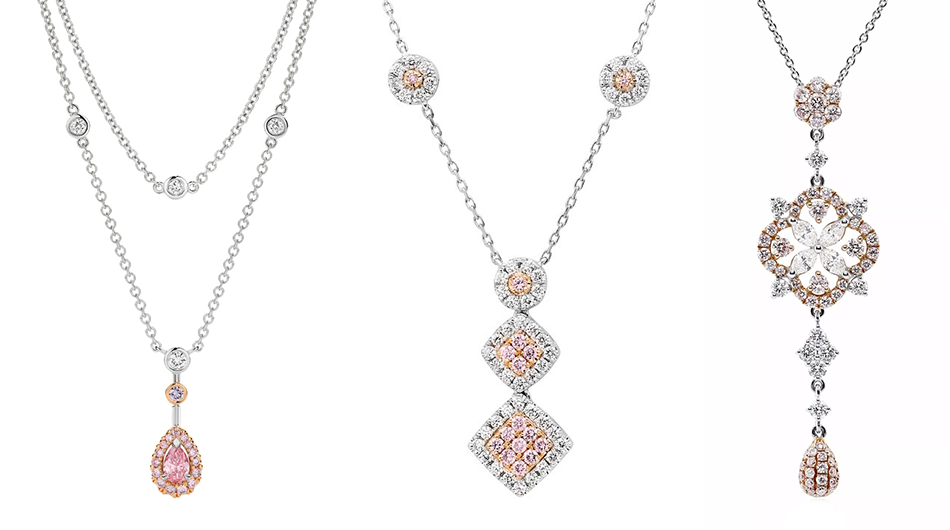 |
| L to R: Calleija, Ellendale Diamonds, Cerrone |
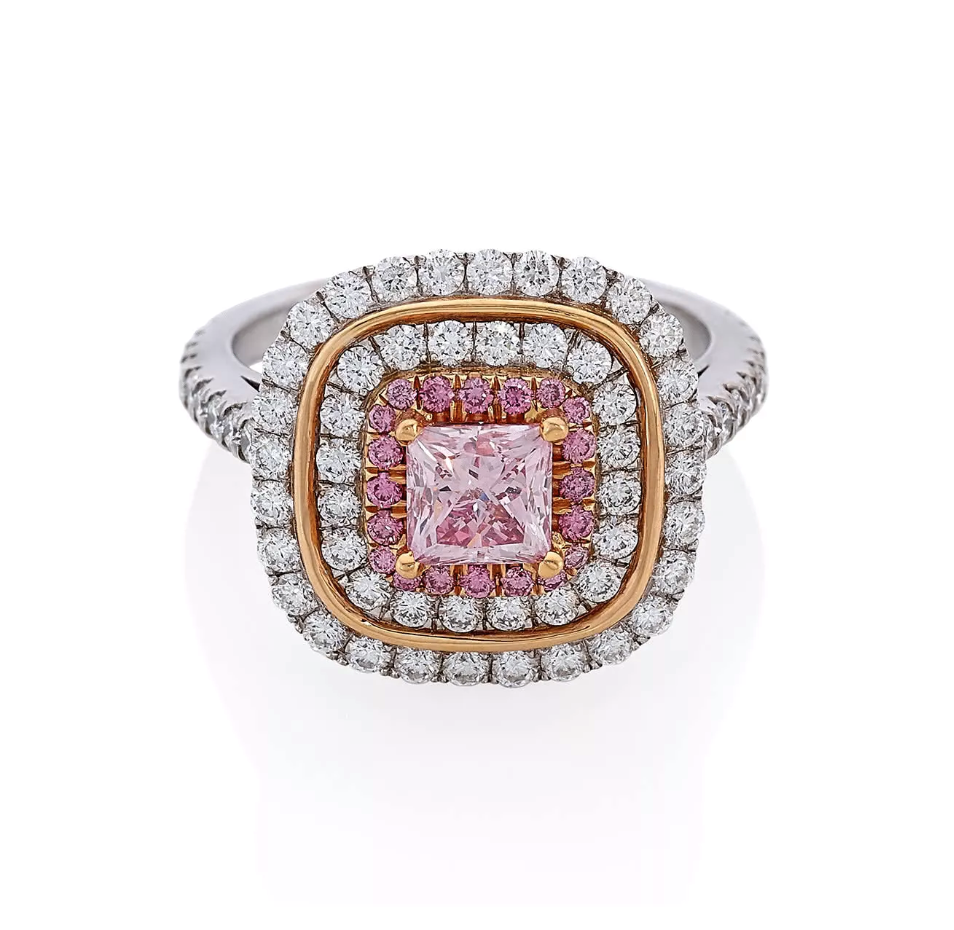 | 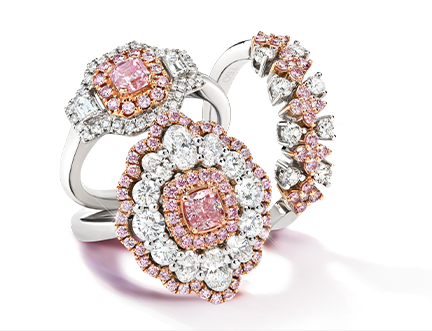 | 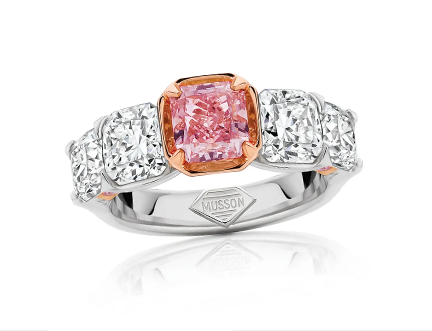 |
Cerrone | Pink Kimberley | Musson's Lucinda |
| | | |
Recipe for success
As is evident in the words of those working closest with these wonders of the natural world, pink diamonds are a perfect combination of desire for consumers and designers alike.
Extremely rare, immensely valuable, and uniquely Australian, pink diamonds have seized the world’s attention and remain unrivalled.
These factors combine to create formula of appeal that continues to draw in consumers and designers alike.
“Pink diamonds have an underlying element of romance,” Linney says.
“This is heightened due to their rarity and then further enriched by the intrigue around their formation and the story of the Argyle Diamond mine.
“It is a privilege to be able to work with these amazing gifts from nature and it is our speciality to capture their beauty in a piece of jewellery.”
Calleija echoed these sentiments and suggests that while trends always come and go in jewellery, the majesty of pink diamonds is eternal.
“I think people appreciate the rarity and pristine provenance of Argyle pink diamonds. They are masteries of nature and to possess one is considered an ultimate privilege,” he says.
“People understand that an Argyle pink is an unrepeatable phenomenon and part of history that will be treasured for generations.”
Indeed, so long as the quality of pink diamonds mined from the Argyle Mine remains unrivalled, it’s difficult to envision their popularity fading.
|
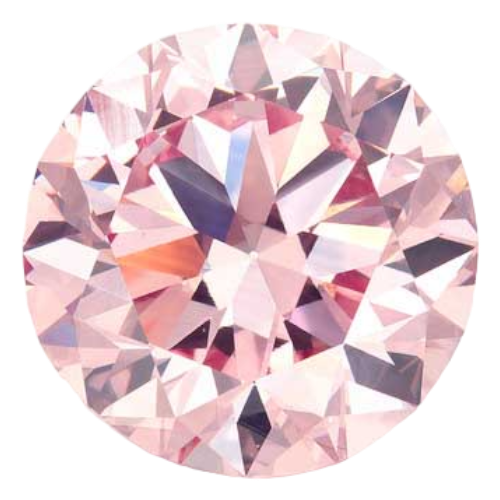 |
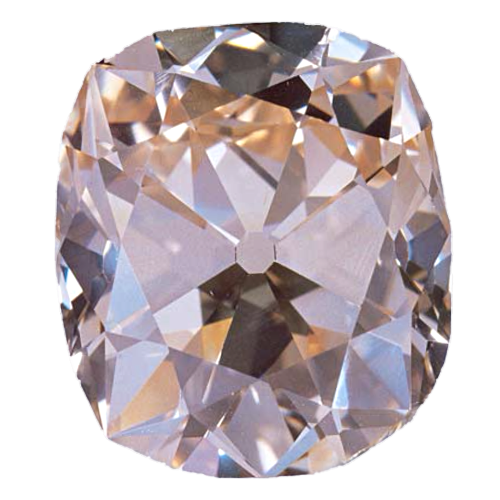
|
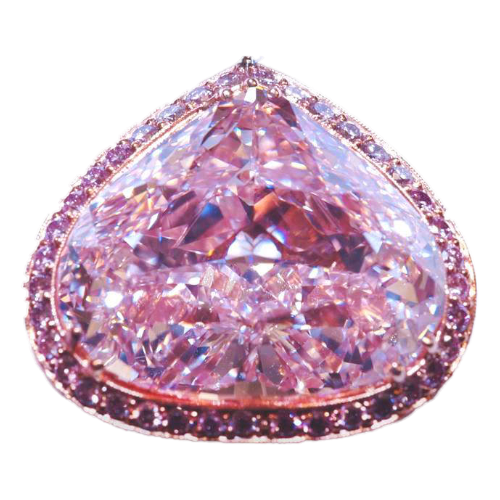
|
The Martian Pink Round brilliant-cut 12-carat diamond mounted on a 18-carat gold ring belonging to famed jeweller Harry Winston. | The Star of the South Discovered in Brazil in 1853, this 128-carat pinkish-brown fancy colour diamond was purchased by Cartier in 2002. | The Pink Sunrise An intense pink 29-carat diamond made famous by Gabi Tolkowsky. Internally flawless and cut to a heart shape. |
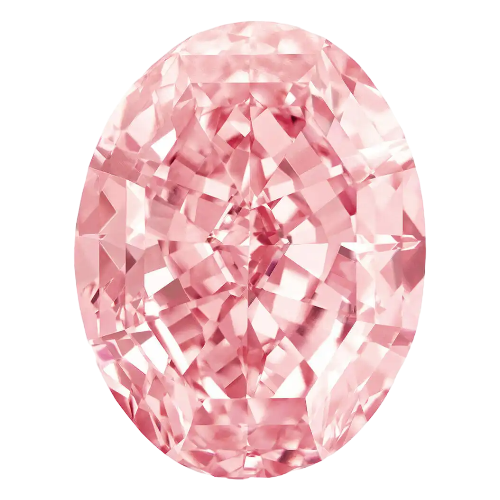 | 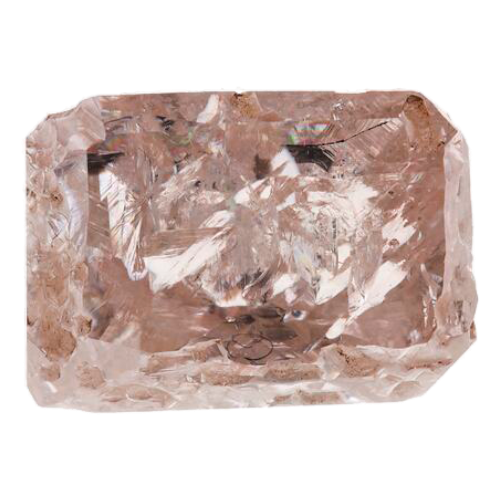 | 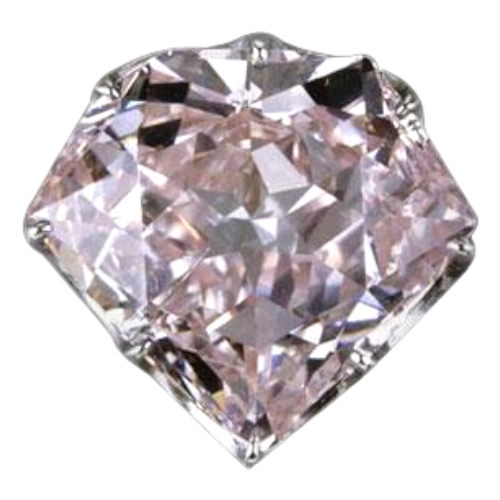 |
CTF Pink Star This 59-carat oval mixed-cut diamond sold at Sotheby’s in April of 2017 for $US71.2 million, the world record at auction for any gemstone. | The Pink Jubilee Unearthed in the Argyle Mine in 2012, this 12-carat pink diamond was donated to the Melbourne Museum. | The Hortensia Diamond A 20-carat pale orange-pink diamond which is cut on five sides and is currently on display at the Louvre in Paris. |
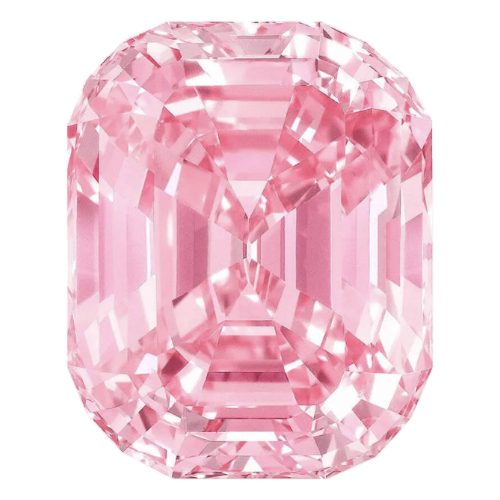
|
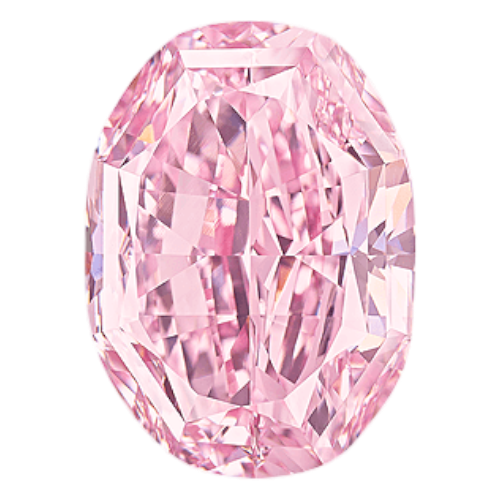
|

|
The Graff Pink An emerald-cut 24-carat fancy intense pink diamond which set a record for most expensive gemstone sold at auciton in 2010, fetching $US46 million. | The Spirit Of The Rose In 2020 Sotheby’s auctioned this 14-carat internally flawless fancy vivid purple-pink wonder of the natural world, which was cut from pink rough mined in Russia. | Williamson Pink Diamond A 23-carat round brilliant cut diamond which was gifted to the late Queen Elizabeth II in 1947. |
Read eMag